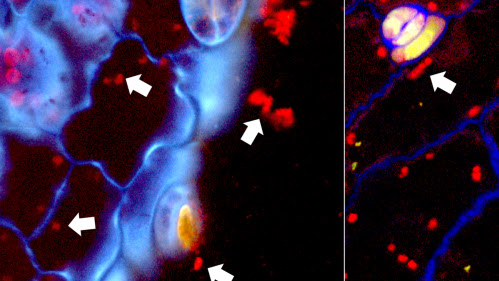News Bits
The USDA says this year's corn crop is nearly fully planted. How many acres that actually represents is questionable with widespread planting delays in some key growing areas, along with flooding in parts of the region potentially impacted planted area.
As of Sunday, 94% of U.S. corn is planted, compared to the five-year average of 92%, with 78% emerged, compared to 81% on average, and 73% of the crop in good to excellent condition, up 1% from the first rating of 2021.
78% of soybeans are planted, compared to the normal rate of 79%, with 56% emerged, compared to 59% on average.
79% of winter wheat has headed, compared to 84% typically this time of year, with 5% harvested, compared to 6% on average, and 30% rated good to excellent, 1% higher than a week ago.
82% of spring wheat is planted, compared to the five-year average of 97%, and 55% have emerged, compared to usual pace of 83%.
84% of cotton has been planted, compared to 76% on average, with 11% squaring, compared to 10% typically in early June, and 48% of the crop in good to excellent shape, 4% less than last week.
89% of rice is emerged, matching the five-year average and 72% of the crop is called good to excellent, 1% above a week ago.
28% of pastures and rangelands are reported as good to excellent, 4% more than the week before.
The National Sheriff's Association says high prices and record inflation are behind a recent uptick in rural thefts.
Kiernan Donahue, a leader with the association, tells Brownfield as a result they are increasing patrols in rural areas. "A lot of these folks are hitting the rural areas because there's not the presence of law enforcement that we have in our urban areas," Donahue said. "They take advantage of that."
Donahue says suspects have been stealing copper wire from farms with pivot irrigation systems. "They will strip it down to the copper and burn the excess stuff," he said. "They will take that copper wire to these salvage yards and turn over that copper wire for a premium price."
Nodaway County, Missouri Sheriff Randy Strong says fuel thefts are another concern. "A lot of farmers have fuel tanks with diesel or gasoline on the farms," Strong said. "I would recommend that they watch those very closely. Put padlocks on them and probably a security camera."
To report a tip about an agriculture crime, contact the Livestock and Farm Protection Task Force hotline at (888) 484-8477. Calls are taken 24 hours a day, Sunday through Saturday, and callers may remain anonymous.
by Sara Schafer, AgWeb.com
After soaring to record levels, fertilizer prices are finally starting to ease.
Want an example? Josh Linville, vice president of fertilizer at StoneX, says New Orleans urea prices hit $935 per ton last year. Last week, prices were $470 per ton.
"We are half the price we were back in late March," he says. "Everything is trending lower. Just from that simple perspective you're like, how can this not be a time to buy?"
What farmers need to keep in perspective, Linville says, is prices are still at historic levels.
"The prices have today look fantastic compared to the last few months, but we've only seen prices at these high levels two or three times in recent history," he says. "When you start looking at the relationship between corn and urea or corn and UAN, that ratio is still very high versus the last several years."
Also, he says, consider the time horizon: "We are five months away from getting back in the fields in November, we are 10 to 11 months away from next spring. Look at how these things have changed over the course of just a matter of several weeks. Imagine what can happen in a five-to-10-month range."
he European Chemicals Agency, or] ECHA’s Committee for Risk Assessment (RAC) agrees to keep glyphosate’s current classification as causing serious eye damage and being toxic to aquatic life. Based on a wide-ranging review of scientific evidence, the committee again concludes that classifying glyphosate as a carcinogen is not justified.
 Discovery paves the way for more sustainable crop cultivation methods
Discovery paves the way for more sustainable crop cultivation methods Discovery paves the way for more sustainable crop cultivation methods
Discovery paves the way for more sustainable crop cultivation methods